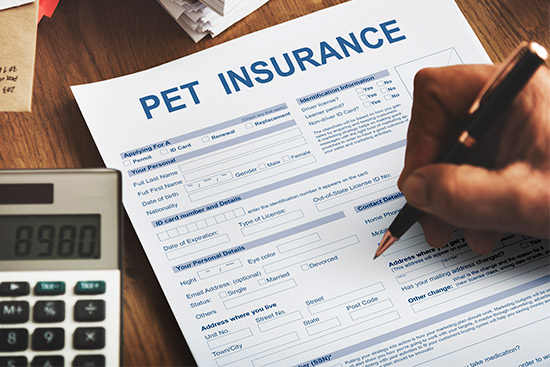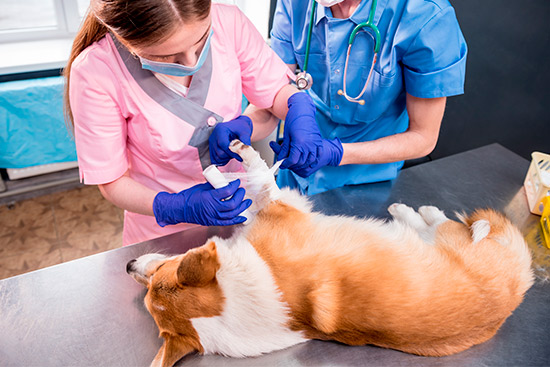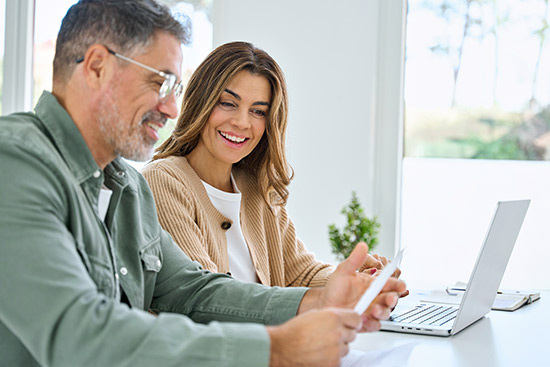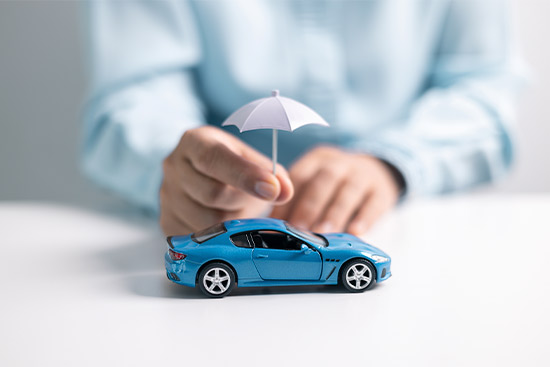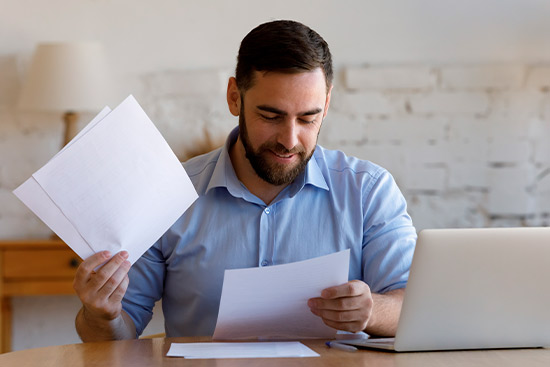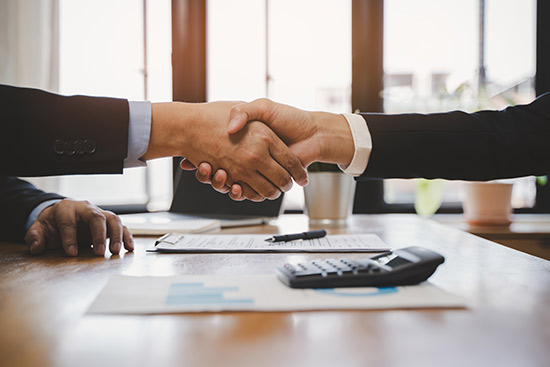
For many households across McAllen and the greater Rio Grande Valley, health insurance is a reliable financial shield that helps families prepare for life’s unexpected medical needs. In a region shaped by cross-border healthcare dynamics and diverse demographic needs, thoughtful coverage plays a foundational role in long-term well-being.
Health insurance works by having an insurer cover some or all of your medical expenses based on the terms of your policy. McAllen families typically choose between indemnity (fee-for-service) plans and managed care options, each offering different levels of provider access, cost control, and coverage structure.
Although Texas doesn’t mandate health insurance, several regional factors make coverage important for McAllen residents:
Key Factors That Shape Local Coverage Needs

- Border proximity: Cross-border healthcare patterns can affect how and where residents seek medical care.
- Demographic needs: Local cultural and socioeconomic factors shape the type and frequency of healthcare services.
- Regional cost differences: McAllen’s healthcare pricing structure often differs from other Texas metros.
- Provider network availability: Knowing which providers operate in-network across the Valley is important for maximizing your benefits.
As you evaluate your options, look beyond premiums. Provider preferences, prescription needs, deductible levels, and your family’s typical medical usage all help determine which policy aligns best with your financial comfort and long-term health goals.
Breaking Down Health Insurance Costs in McAllen
A clear understanding of cost components helps McAllen residents choose coverage that fits both their needs and their budget. Because healthcare pricing in the Rio Grande Valley can differ from statewide averages, local guidance becomes valuable when selecting a plan.
Primary Components That Shape Plan Costs
When reviewing health insurance expenses, consider the following cost drivers:
- Premium variations: Individual plans typically range from $350–$550 per month, while family plans often fall between $700–$1,200. Employees with workplace coverage may pay about $100–$300 monthly, with employers covering most of the remaining premium.
- Age and health status: Older adults often face higher premiums, and individuals with pre-existing conditions may see added costs depending on plan type.
- Plan type: Indemnity plans generally have higher premiums but offer broader provider choice. Managed care options such as HMOs offer lower premiums but limit out-of-network access.
- Deductible structure: Plans with higher deductibles reduce monthly premiums, but require greater upfront spending before coverage kicks in.
To help keep coverage affordable, families in McAllen may explore subsidized marketplace plans, Health Savings Account (HSA)-friendly options, or flexible spending arrangements. Local agencies such as SafeGuard Insurance Agency can help identify ways to lower costs without compromising the protection your household needs.
Comparing Plan Types: Individual, Family, and Employer Health Insurance

Individual Health Insurance Plans: A Closer Look
These plans benefit people who buy coverage on their own:
- Designed for individuals without employer or family coverage
- Flexible options for network access and benefit levels
- Typically higher premiums than group plans
- Well-suited for contractors, self-employed residents, and independent workers across McAllen
Family Health Insurance Plans: Coverage for the Household
This option consolidates multiple family members under one policy:
- Usually more affordable than purchasing separate individual plans
- Can be customized for different medical needs within the family
- Ideal for households with children or multiple adults seeking consistent coverage
Employer-Sponsored Coverage: Group-Based Protection
Many McAllen employees rely on workplace plans for affordability:
- Employers generally pay a significant share of the premium
- Group rates often reduce overall monthly costs
- Plan options may be limited depending on the employer
- Convenient payroll deductions and potential tax advantages
Key Considerations When Comparing Plans
When evaluating these options in McAllen, consider:
- Whether your preferred McAllen or RGV providers are in-network
- Your household’s typical medical usage
- Monthly budget limits and premium affordability
- Prescription drug needs
- Deductibles and how they affect out-of-pocket spending
Local insurance professionals, such as SafeGuard Insurance Agency, can compare multiple carriers side-by-side, helping you see exactly how different plans align with your financial needs and healthcare priorities.
Tips for Saving on Health Insurance During Open Enrollment in McAllen
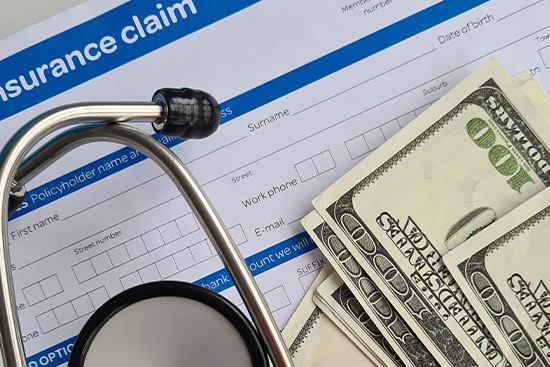
Smart Ways to Reduce Costs and Strengthen Coverage
Use these strategies to secure a plan that protects both your health and your budget:
- Review last year’s medical spending: A year-end assessment highlights patterns that can guide your plan selection.
- Compare multiple carriers: Local agencies can gather quotes and deliver clear comparisons across coverage levels, price, and benefits.
- Understand your deductible: Higher deductibles reduce premiums but increase potential out-of-pocket costs; choose a level that fits your financial comfort.
- Consider HSAs: These accounts offer tax advantages and allow you to set aside funds for future medical expenses.
- Ask about discounts: Wellness programs, household factors, and bundling options may qualify you for reduced rates.
- Prioritize in-network providers: Staying within your insurer’s network across McAllen and the RGV helps keep costs low.
- Seek local expertise: SafeGuard Insurance Agency offers personalized guidance for McAllen residents navigating complex enrollment decisions.
Safeguard Your Health and Financial Future in McAllen and the RGV
Your health deserves a plan that supports you today and prepares you for tomorrow. SafeGuard Insurance Agency offers comprehensive, customizable health insurance solutions designed for McAllen families, from flexible indemnity plans to coordinated managed care options.
Let our team help you compare carriers, understand your benefits, and select coverage that fits your lifestyle and budget. Explore your options and take the first step toward protecting your health and your financial peace of mind. Call us today to explore your options.


